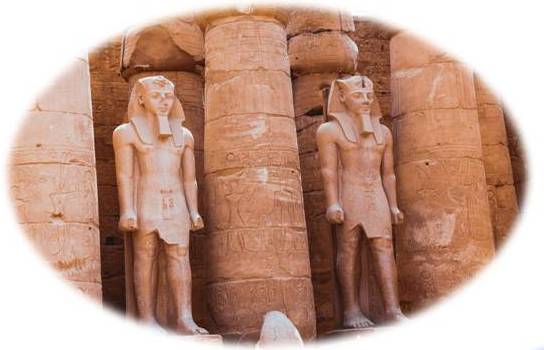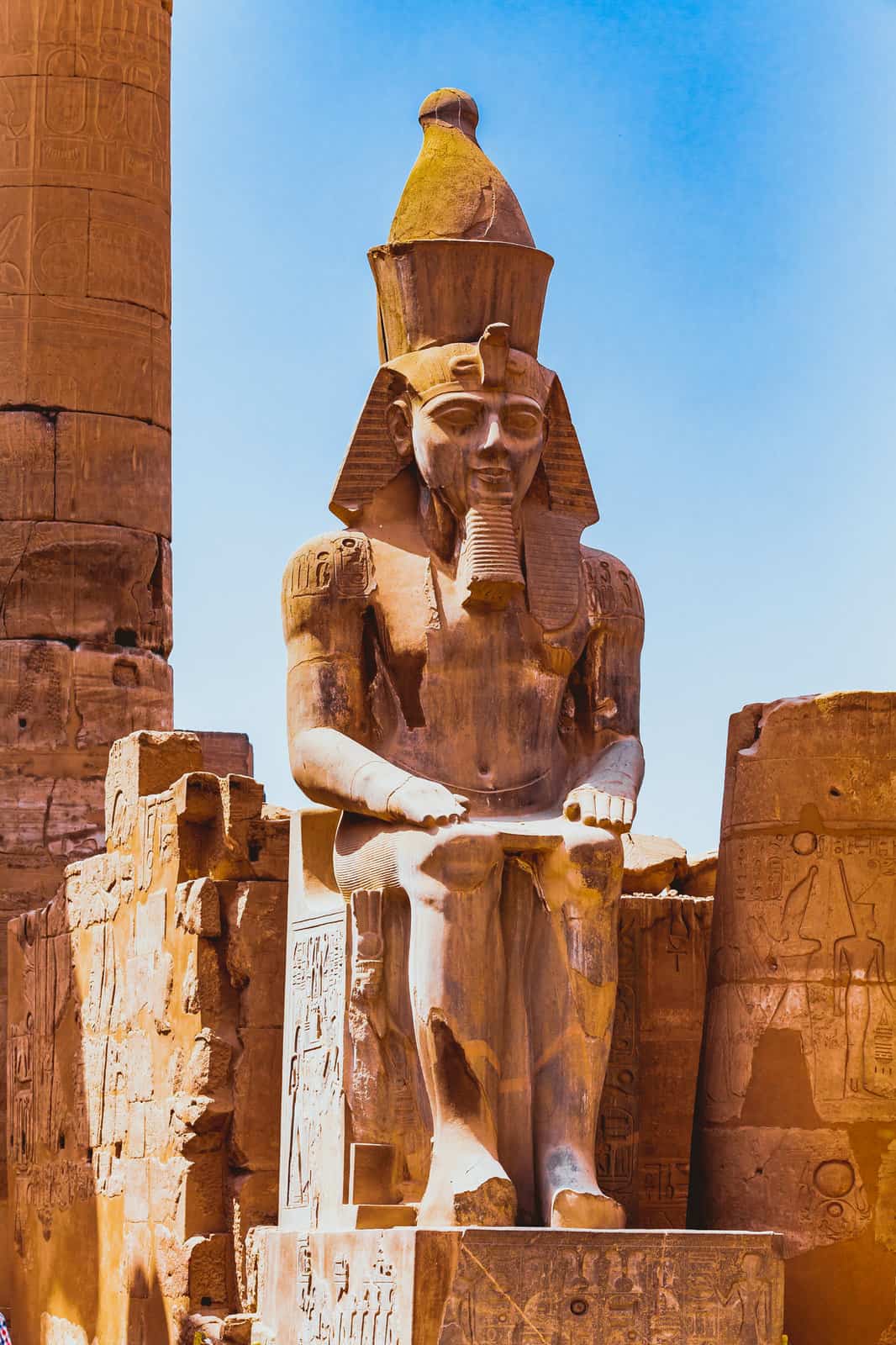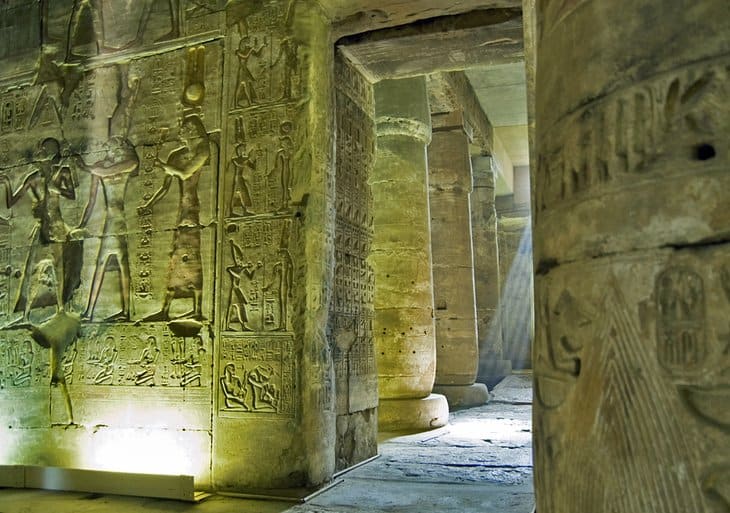
The Avenue of Sphinxes’ Amazing Project
The Avenue of Sphinxes
A Brief History of Sphinx Avenue
In a solemn festive atmosphere that combined modern technological influences and the depth of ancient history, Egypt reopened an archaeological road in the southern city of Luxor that dates back to 3,400 years.
The opening activities of the Great Processions Road, the Sphinx Road, or known as the Pharaonic Rams Road, took place in front of tourists for the first time. That is after, undergoing a major project aimed at discovering, reviving, and restoring its landmarks.
The ceremony of reviving the amazing Avenue of Sphinxes project included an art show that simulated some aspects of the ancient Egyptians’ celebrations of the Opet Festival, in which hundreds of Egyptian university students participated while wearing pharaonic costumes.
The huge pharaonic procession walked in the middle of the historic road. That runs between the temples of Luxor and Karnak, with a length of 2,700 meters and a width of 700 meters. In the recapture of the Opet Festival rituals that were held in Luxor – the capital of ancient Egypt.
The ancient city of Thebes
(Currently known as Luxor)
Luxor has become the undisputed icon of cultural tourism after the completion of the amazing Avenue of Sphinxes between the Karnak and Luxor temples. It has wonderful lighting. In addition to, an area of two kilometers and 700 meters on both sides.
It is no secret that one Egyptian city, like Luxor, contains “the most important monuments of the world” and no other city around the world can compare to it. Namely Luxor, southern Egypt, or Thebes was the capital of Egypt in the Pharaonic era.
Luxor was nicknamed the city of the Hundred Gates or the City of the Sun, formerly known as Thebes. It is located on the banks of the Nile River. The Nile divides it into two halves, the eastern and western lands.
The establishment of the city of Thebes dates back to the era of the Fourth Dynasty around 2575 BC. It is the era of the Middle Kingdom. It was no more than a group of simple adjacent huts. Even so, it was used as a cemetery to bury the dead.
As the rulers of the regions were buried in them since the era of the Old Kingdom. Then, the city of Thebes later became the capital of Egypt in the era of the Eleventh Egyptian Dynasty. At the hands of the pharaoh Mentuhotep I.
He succeeded in uniting the country again after the chaos that befell Egypt in the era of the first decay. The city of Thebes remained the capital of the Egyptian state until the fall of the rule of the pharaohs. At the hands of the Persians, 332 BC.
The Avenue of Sphinxes an amazing Project Of Queen Hatshepsut

Right now, the world’s attention is focused on the promotional and cultural celebration of the city of Luxor. In order to, celebrate the completion of the project that reveals the road to the grand processions of “The Avenue of Sphinxes.”
Which is one of the most important roads and archaeological elements of the ancient city of Thebes. The state pays great attention to its discovery. The historical road of the kings of the pharaohs was revealed more than 72 years ago.
It is a road of major processions for the kings of the pharaohs. Different holidays were celebrated inside it. Including, the “Opet” festival, the coronation feast of the king, and various national holidays.
The Historical Significance
The path of celebrations dates back to more than 5,000 years ago. When the kings of Pharaonic Egypt built in Thebes ‘The Avenue of Sphinxes ‘for their sacred processions to take place during the Opet festivals every year.
To the sacred boats loaded with statues of symbols of Pharaonic religious beliefs, while the people lined up on both sides of the road, dancing and cheering in joy and happiness. King Amenhotep III took the initiative to build this road.
It coincided with the launch of the construction of the Luxor Temple. However, the greatest credit for the completion of “The Avenue of Sphinxes” goes To King Nectanebo I. The founder of the Pharaonic Third Dynasty, “the last dynasty of the era of the pharaohs.”
The Secret Behind sanctifying the Rams in The Ancient Egyptians

The ancient Egyptians sanctified the spirit inherent in the animals. However, it was not the animals themselves. We see that they looked at the ram with a look of holiness, appreciation, and reverence.
As it was in their eyes a symbol of fertility, virility, and the ability to procreate and develop. Therefore, rams were of great importance in ancient Egypt. The ancient Egyptians portrayed rams as sacred animals.
The ancient Egyptians realized the superior qualities of rams. Rams were sacred in their great ability to portray fertility and reproduction. So, they believed in the ability of rams to re-create, portray rebirth, and even immortality. Some ancient Egyptian deities took the form of rams.
Some believe that the idea of opening The Avenue of Sphinxes is a new one, but in reality, it dates back to 2007. When the state began putting efforts to develop and restore the road and faced a number of obstacles.
Including, the road is located in the middle of some residential buildings and agricultural lands. Until the start of the practical resumption of the project in the year 2017, through mechanical and chemical cleaning operations.
In addition to, collecting numbers of rams, the remains, or parts of them from those that were discovered by archaeologists during excavation. They cooperated with archaeologists to restore them to their original state.
Work continued on developing the road from 2017 until now. In preparation for its opening in a charming international ceremony. Amidst the continuation of the excavation, archaeological discoveries, and restoration work in several areas in Luxor.
Parade Features

The grand ceremonial inauguration of The Avenue of Sphinxes will link the Karnak Temple in the north with the Luxor Temple in the south. Where 1059 statues of “Rams” are located on both sides of the road, in a stunning archaeological scene.
This procession embodies the celebrations of the “opt” festival, which is one of the ancient Egyptian holidays in Luxor, in a clear blending of the past and the present to restore a legendary scene that grabs hearts and minds.
The opening of the ‘The Avenue of Sphinxes’ was scheduled to coincide with the anniversary of the marriage of the god “Amon” with the goddess “Amount.” These celebrations are accompanied by manifestations of joy.
Such as music, dancing, singing, military ceremonies, sacrifices, and offering gifts. During the ceremony, a simulation of these exceptional scenes was implemented. So, in the end, make sure you visit Luxor to see The Avenue of Sphinxes and its Rams.
If you enjoyed this content why not dive into some more historical eras – check out these articles: Vikings History, Ancient Rome, Ancient Egyptians – The First Woman Pharaoh, Greek Mythology – Medusa, Native American History. or Celts
Why not subscribe for as little as £1.99 per month to access over 1000 fun educational videos!


Leave a Reply